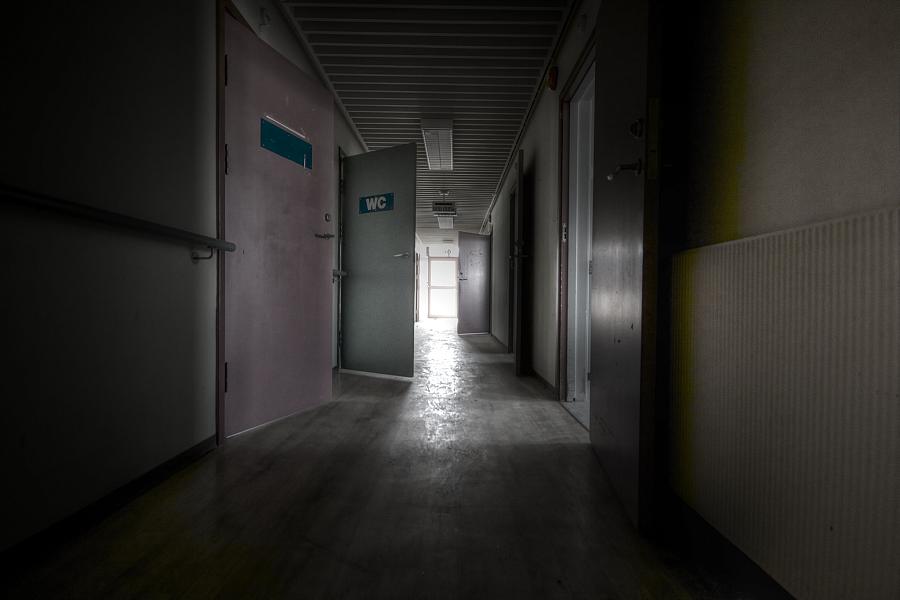Are state psychiatric hospitals getting safer?

On a chilly fall evening in 2010, a psychiatric nurse at Napa State Hospital walked back to her ward after a dinner break, following the same path she’d taken hundreds of times before. But this time, she ran into a patient who should never have been allowed to roam the hospital grounds unsupervised.
She never made it back to work.
The nurse was killed five years after a federal investigation of the Napa hospital found “widespread and systematic deficiencies” that violated the civil rights of institutionalized individuals. The report cited “egregious departures from accepted standards” and found that inadequate mental health treatment exposed individuals to “excessive levels of violence.”
The federal investigators found similar violations at three other California psychiatric hospitals and ordered the state to enact extensive reforms in a five-year settlement order. Yet three months before the nurse was killed, a federal monitor reported a substantial increase in the number of patients committing aggressive acts at Napa State over a six-month period – when staff suffered 68 assaults that resulted in a major injury.
Scientists have made notable strides in understanding and treating severe mental illness in recent years. But decades of well-intentioned policies and court decisions have created a situation where even people who don’t know they are sick – a condition called anosognosia – can refuse treatment and fall into a downward spiral.
There are very good reasons patient protections have been put in place: exposés of the 1960s pulled back the curtain on the country’s state mental institutions to reveal a horrifying pattern of abuse and neglect. Reforms emptied state “snake pits” with the promise of providing more humane treatment in the community. But the promise went unfilled. Largely as a result of these historic factors, one psychiatrist told me, “Every single person in the mental health system is in the wrong place.”
Today, over 200,000 people with untreated mental illness are living on the streets, according to the nonprofit Treatment Advocacy Center. Twice as many are in jails or prisons. Those judged not guilty by reason of insanity or incompetent to stand trial are housed in state psychiatric hospitals, which were designed to treat people from the community, not violent offenders.
My project for the 2015 California Data Fellowship will investigate the systemic failure to provide adequate treatment for those with severe mental illness in our communities and institutions, a failure that has led to widespread violence in state psychiatric hospitals.
The Department of State Hospitals implemented a personal alarm system in the wake of the nurse’s slaying, and claims that assaults have dropped significantly in the past few years. But data I’ve obtained from the state supports concerns of psychiatric staff that the hospitals still place both staff and patients at serious risk of injury. What’s more, a state psychiatrist told me, patients have little hope of getting better when they’re subjected to regular beatings.
Data to assess national trends on violence in state hospitals are sorely lacking. Where statistics are available, several studies show that officials underreport aggressive incidents. I plan to find data from other states, combined with data from California, to gauge the extent of violence in state hospitals. I’ll also explore the factors that have made state psychiatric hospitals the de facto repository for the criminally insane, and created conditions that have impeded psychiatrists’ efforts to treat patients and help them get better.
There are some states that have made reducing violence a priority. Their efforts can serve as a model for states that have for whatever reasons failed to institute reforms to improve the safety and well being of both staff and patients.
In California, a new state law that went into effect last summer has authorized hospitals to segregate dangerous patients in enhanced-treatment units at an estimated cost of $9 million. But construction has not yet started, and patients and staff continue to live and work fearing for their safety.
[Photo by olavXO via Flickr.]

